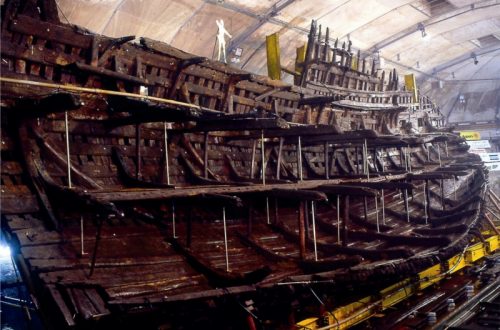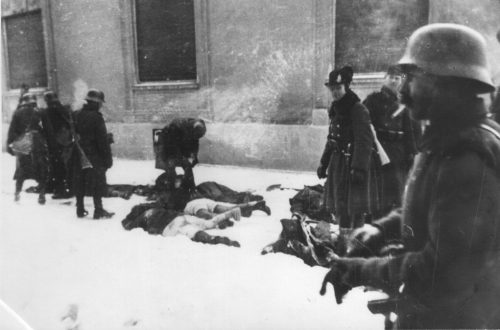Having grown up watching “Marlboro Country” cigarette commercials on TV, with their romantic take on rugged individualism (not to mention smoking, which, fortunately, I never took up), I was rather surprised to learn that at least some cowboys were capable of collective industrial action.
But since today is the 132nd anniversary of the beginning of a strike by Texas cowboys, I want to quote from this account by the Texas State Historical Association:
In the two decades after the Civil War the open-range cattle industry dominated the Great Plains, then died and was replaced by closed-range ranching and stock farming. In West Texas during the 1880s new owners, representing eastern and European investment companies, gained control of the ranching industry and brought with them innovations threatening to many ranchhands. Previously, cowboys could take part of their pay in calves, brand mavericks, and even run small herds on their employers’ land. New ranch owners, interested in expanding their holdings and increasing their profits, insisted that the hands work only for wages and claimed mavericks as company property. The work was seasonal. It required long hours and many skills, was dangerous, and paid only an average of forty dollars a month. The ranch owners’ innovations, along with the nature of the work, gave rise to discontent.
In 1883 a group of cowboys began a 2½-month strike against five ranches, the LIT, the LX, the LS, the LE, and the T Anchor,qqv which they believed were controlled by corporations or individuals interested in ranching only as a speculative venture for quick profit. In late February or early March of 1883 crews from the LIT, the LS, and the LX drew up an ultimatum demanding higher wages and submitted it to the ranch owners. Twenty-four men signed it and set March 31 as their strike date. The original organizers of the strike, led by Tom Harris of the LS, established a small strike fund and attempted, with limited success, to persuade all the cowboys in the area of the five ranches to honor the strike. Reports on the number of people involved in the strike ranged from thirty to 325. Actually the number changed as men joined and deserted the walkout.
Newspapers from as far away as Colorado covered the dispute and reported that the strikers planned fence burnings, attacks on ranchers, and indiscriminate killing of cattle. Strike leaders offered assurance that they planned only a peaceful and legal protest. In fact, no violence occurred. Press opinion favored the owners. News reports spoke of threatened violence and referred to Harris as “bold and bad.” The Texas Livestock Journal argued that some cowboys were worth “almost any money as faithful servants” and that these cowboys were entitled to all that ranchmen could “afford to pay.” But the Journal indicated that the owners were the best and fairest judges of what they could afford.
Ranchers found effective means of dealing with the strikers that required no force. Officials at the T-Anchor and the LE fired striking employees on the spot. The LS and the LIT offered a slight increase in wages and fired workers if they refused that offer. Owners and managers continued with roundup plans by hiring replacement workers at temporarily increased wages. Many of the replacement workers were in fact strikers who asked to return to work. After 2½ months the strike was so weakened that the May roundup occurred without incident. The last press mention of the strike was in the Dodge City Times on May 10. After the walkout the Panhandle was plagued with an outbreak of rustling that many contemporaries blamed on frustrated strikers. It is likely that some strikers, without work and short of money, resorted to rustling, then drifted on to other ranges or other jobs.
Whatever the causes of their failure to organize effectively, the strikers were finally unable to overcome the obstacles they found in the cattle industry. While some historians claim that the strike reflected the international labor movement, others consider it an interesting but isolated incident that had no lasting repercussions for either cowboys or the cattle industry.


